Family Downloads
Welcome to the STAR Read-Aloud Practices materials page! Please bookmark this page and refer here for any materials you may need to implement these practices into your home.
- Professional Development: Participants will be introduced to Sit Together and Read (STAR) Read-Aloud Practices, a set of interactive and innovative read-aloud practices designed for educators and caregivers. All lessons are organized around adult-child readings of high-quality storybooks and are based on the latest scientific knowledge regarding how adults can support children’s language and literacy development using systematic and explicit instruction. This module will lead participants through: (1) understanding how STAR Read-Aloud Practices increase children’s print knowledge, (2) understanding how STAR Read-Aloud Practices can be implemented during whole-group shared book reading, (3) understanding the scope and sequence of STAR Read-Aloud Practices, (4) implementing lessons using differentiated supports for diverse learners, (5) and monitoring children’s growth over time. This orientation module is intended for teachers, but is also a great resource for caregivers to review if they want more specific information about STAR’s background and research.
- Scaffolding Module: This module focuses on a variety of instructional techniques used to move children progressively toward stronger understanding and how these techniques will be utilized within STAR Read-Aloud practices.
- Family Engagement Module: This workshop presentation is intended for caregivers to review prior to beginning STAR Read-Aloud Practices at home. It gives background information about STAR and discusses strategies for how to “call attention to print” while reading with your child at home.
STAR Read-Aloud Practices consists of 30 books to be implemented in 30-weeks from fall to spring. Knowing that each teacher’s school calendar is unique, the Star Read-Aloud Practices calendar is provided as a guide for classroom planning. Should you want to purchase any of the books for your classroom, please go to the Book & Target List tab and you can find links to purchase the books online.
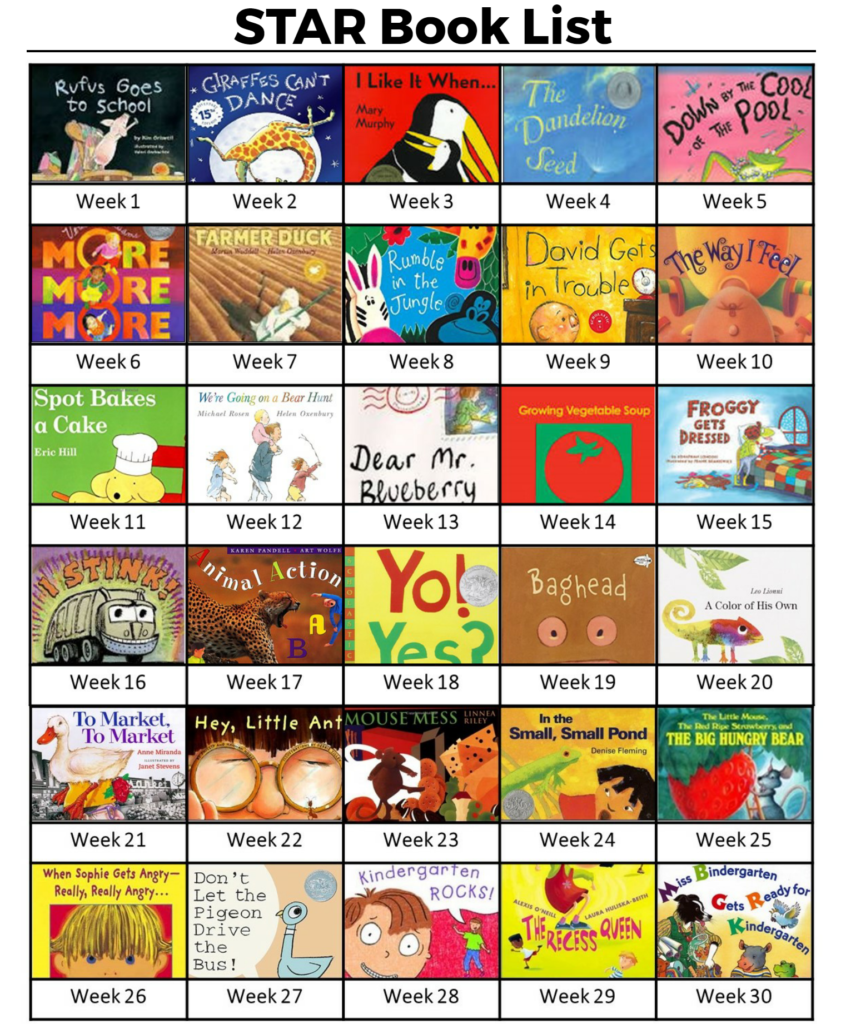
These books have been chosen based on their print features. Two targets for instruction are included that follow the explicit scope and sequence. Educators are welcome to choose their own books and we have also provided you with blank reading logs and STAR cards. Click any title you wish to purchase and you will be directed to a new page where it can be found online.
Week 1
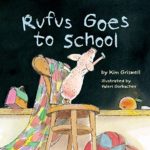
Book: Rufus Goes to School
Author: Kim Griswell
Print Targets: Environmental Print and Metalinguistic Concept of Reading
Week 2
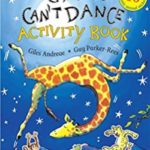
Book: Giraffes Can’t Dance
Author: Giles Andreae
Print Targets: Print Direction and Concept of Word in Print
Week 3
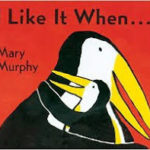
Book: I Like it When….
Author: Mary Murphy
Print Targets: Author and Print Function
Week 4
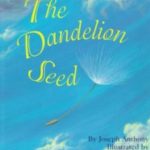
Book: The Dandelion Seed
Author: Joseph P. Anthony
Print Targets: Uppercase vs. Lowercase Letters and Top and Bottom of Page
Week 5
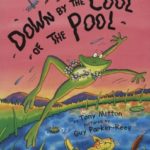
Book: Down by the Cool of the Pool
Author: Tony Mitton
Print Targets: Title of Book and Word Identification
Week 6
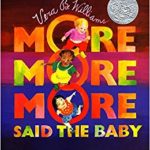
Book: “More, More, More,” Said the Baby
Author: Vera B. Williams
Print Targets: Metalinguistic Concept of Letter and Top and Bottom of Page
Week 7
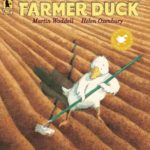
Book: Farmer Duck
Author: Martin Waddell
Print Targets: Page Order and Names of Letters
Week 8
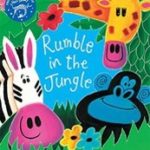
Book: Rumble in the Jungle
Author: Giles Andreae
Print Targets: Word Identification and Metalinguistic Concept of Letter
Week 9
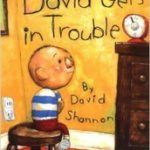
Book: David Gets in Trouble
Author: David Shannon
Print Targets: Author and Letters vs. Words
Week 10
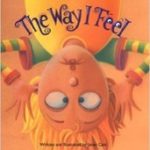
Book: The Way I Feel
Author: Janan Cain
Print Targets: Short Words vs. Long Words and Print Function
Week 11
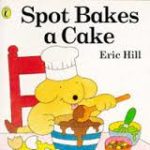
Book: Spot Bakes a Cake
Author: Eric Hill
Print Targets: Metalinguistic Concept of Letter and Environmental Print
Week 12
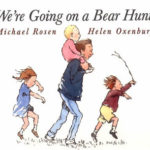
Book: We’re Going on a Bear Hunt
Author: Michael Rosen
Print Targets: Upper-Case vs. Lower-Case Letters and Page Order
Week 13
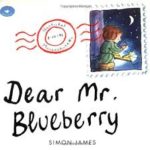
Book:Dear Mr. Blueberry
Author: Simon James
Print Targets: Title of Book and Print Function
Week 14
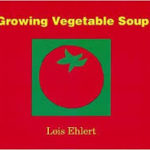
Book: Growing Vegetable Soup
Author: Lois Ehlert
Print Targets: Top and Bottom of Page and Short Words vs. Long Words
Week 15
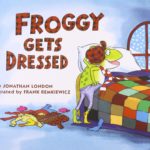
Book: Froggy Gets Dressed
Author: Jonathan London
Print Targets: Names of Letters and Metalinguistic Concept of Reading
Week 16

Book: I Stink!
Author: Kate & Jim McMullan
Print Targets: Metalinguistic Concept of Letter and Page Order
Week 17
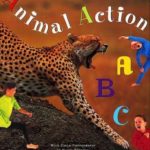
Book: Animal Action ABC
Author: Karen Pandell
Print Targets: Letters vs. Words and Names of Letters
Week 18
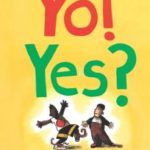
Book: Yo! Yes!
Author: Chris Raschka
Print Targets: Upper-Case vs. Lower-Case Letters and Concept of Word in Print
Week 19
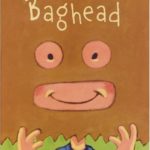
Book: Baghead
Author: Jarrett J. Krosoczka
Print Targets: Short Words vs. Long Words and Print Direction
Week 20
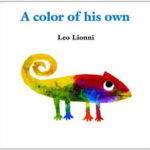
Book: A Color of His Own
Author: Leo Lionni
Print Targets: Top and Bottom of Page and Metalinguistic Concept of Reading
Week 21
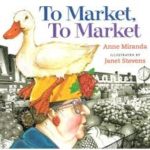
Book: To Market, To Market
Author: Anne Miranda
Print Targets: Word Identification and Print Direction
Week 22
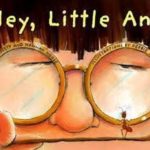
Book: Hey, Little Ant
Author: Phillip & Hannah Hoose
Print Targets: Title of Book and Upper-Case vs. Lower-Case Letters
Week 23
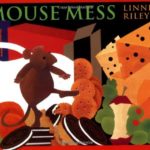
Book: Mouse Mess
Author: Linnea Riley
Print Targets: Environmental Print and Page Order
Week 24
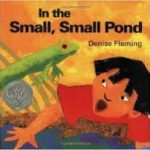
Book:
In the Small, Small Pond
Author: Denise Fleming
Print Targets: Concept of Word in Print and Print Direction
Week 25
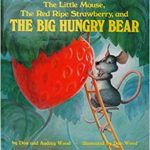
Book: The Little Mouse, The Red Ripe Strawberry, and The Big Hungry Bear
Author: Don & Audrey Wood
Print Targets: Names of Letters and Metalinguistic Concept of Reading
Week 26
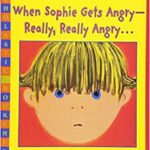
Book: Sophie Gets Angry, Really, Really Angry
Author: Molly Bang
Print Targets: Letter vs. Word and Print Function
Week 27
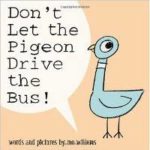
Book: Don’t let the Pigeon Drive the Bus
Author: Mo Willems
Print Targets: Title of Book and Word Identification
Week 28
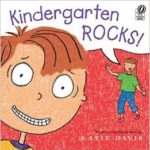
Book: Kindergarten Rocks
Author: Katie Davis
Print Targets: Author and Environmental Print
Week 29
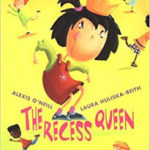
Book: The Recess Queen
Author: Alexis O’Neill
Print Targets: Short vs. Long Words and Author
Week 30
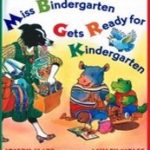
Book: Miss Bindergarten Gets Ready for Kindergarten
Author: Joseph Slate
Print Targets: Concept of Word in Print and Letters vs. Words
We have created a blank, editable reading log to help you track your STAR Read-Aloud Practices! When finished, save a digital copy of this form to your hard-drive or print it from here directly. Please note that any data not saved will be lost if you exit the screen. We have also included links to this form and all 30 weeks worth of reading logs below.
Compiled Reading Logs (Family Edition)
Week 1-30, Pre-made reading logs with suggested STAR book titles and print targets
Week 1-30, Pre-made blank reading logs with suggested STAR book titles and print targets
STAR Cards are used to help support educators’ and caregivers’ reading. Each card identifies a series of techniques with examples to use when reading to your children.
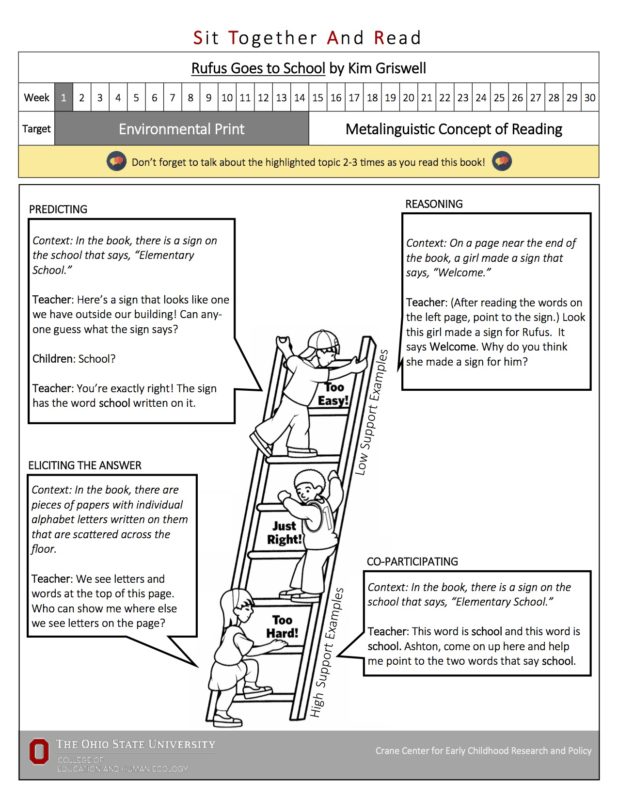
Pre-made Caregiver STAR Cards
Blank Caregiver STAR Cards
Educators are invited to download the online versions of two text books that promote reading by providing professional development to continuously advance the quality of literacy instruction and research. Engaging Children with Print and Scaffolding with Story Books are research-based, classroom-tested, and peer-reviewed titles considered by The International Reading Association to be amongst the highest quality tools that help literacy professionals maximize the benefits of story book reading for later reading achievement. Click here for more scholarly articles on the CCEC’s website.
Download for Free:

Calling Attention to Print (CAP) Guide: This how-to booklet is available for caregivers or teachers who want more information about the importance of calling attention to print. |

Justice, L.M., & Sofka, A E. (2010) Engaging Children with Print: Building Early Literacy Skills Through Quality Read-Alouds. New York, NY: Guilford Press. This indispensable guide presents research-based techniques for using reading aloud to intentionally and systematically build children’s knowledge of print. Simple yet powerful strategies are provided for teaching preschoolers about book and print organization, print meaning, letters, and words, all while sharing engaging, commercially available books. Click here to see the materials referenced in Engaging Children with Print. |
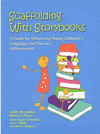 Justice, L. M., & Pence, K. (2005). Scaffolding with Storybooks: A Guide for Enhancing Young Children’s Language & Literacy Achievement., Newark, DE: International Reading Association. Justice, L. M., & Pence, K. (2005). Scaffolding with Storybooks: A Guide for Enhancing Young Children’s Language & Literacy Achievement., Newark, DE: International Reading Association.
Use storybook reading to build the early literacy competencies that preschool, kindergarten, and first-grade students need to become successful readers and learners. This essential research-based guide provides strategies and sample interactions that will help strengthen children’s knowledge of written language, vocabulary, phonology, the alphabet, narrative discourse, and the world around them. As students’ abilities and interests develops in these areas, they will transition more easily to more advanced levels of reading and learning. |
